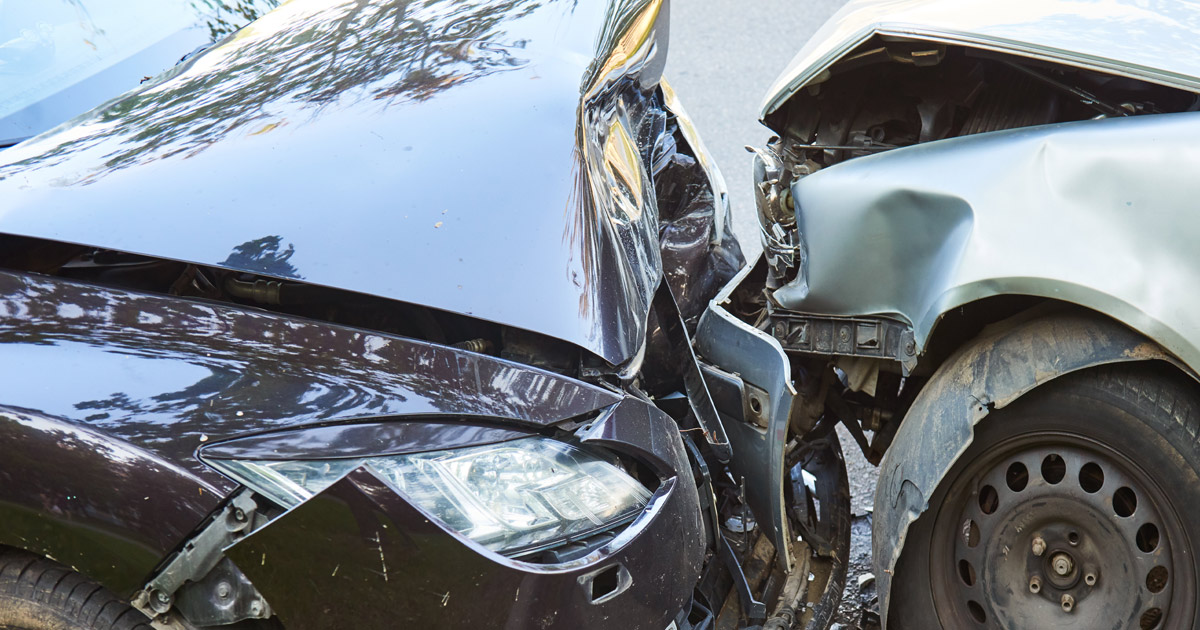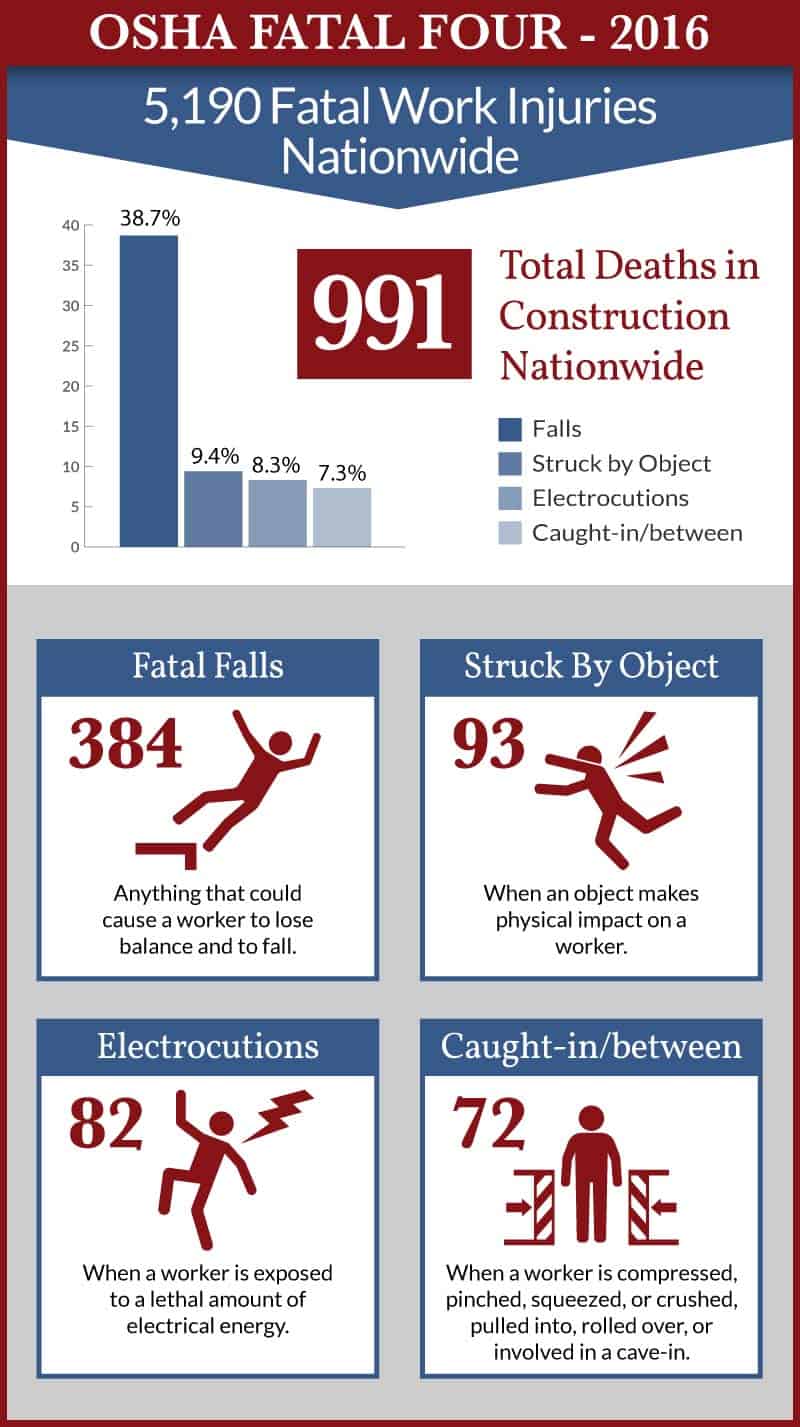What Makes Head-On Collisions Dangerous?

Out of all the different types of car accidents, head-on collisions are one of the most catastrophic. These collisions can be very sudden with one or both vehicles traveling at fast speeds. The force of a head-on collision can be compared to slamming into a concrete wall. For example, if two identical cars were both traveling at 55 miles per hour, their masses are the same. If they collide, the force would be equal to 110 miles per hour. These collisions concentrate maximum amounts of momentum and kinetic energy in the crash, and the faster the speed, the worse the impact will be for those involved. Injuries from head-on collisions can be life-threatening and worse than other types of motor vehicle accidents.
Can Safety Features Prevent Injuries in Head-on Collisions?
Car safety technology has certainly improved, so the odds of surviving a head-on collision are better than ever before. Seat belts, airbags, impact warnings, automatic braking systems, and forward collision warnings save lives, but not every car has these features. People involved in these crashes can still sustain serious injuries. Even if there was no head-on collision, a vehicle coming to a sudden stop while traveling at a high speed can cause serious damage to the human body, including internal injuries. Fatalities can also occur in head-on collisions. Common causes of head-on collisions include:
Drunk Driving: As with other types of motor vehicles accidents, drunk driving is one of the leading causes of head-on collisions. Impaired drivers who are under the influence of alcohol or drugs can be unaware of their surroundings.
Drowsy Driving: Fatigued drivers are also unable to give their full attention when driving, and it has been shown that drowsy driving can be just as hazardous as impaired driving.
Aggressive Driving: Reckless driving can also cause crashes. Aggressive drivers often change lanes suddenly and neglect to use their indicators. For example, someone who is trying to pass another driver on a curved road that has a no-passing lane may become impatient and try to pass anyway. If a car is in the other lane, it could be a deadly mistake. If the road is dark or the weather conditions are poor, it could be even more treacherous.
Speeding: Speeding can also cause serious head-on collisions. If there is a road construction site and an aggressive driver neglects to stop or slow down, that driver could hit the front of another car. For this reason, it is always important to follow the traffic signs at construction sites.
Road Conditions: In addition to construction sites, other road conditions can cause head-on-collisions. If there is something in the road, such as a pothole, debris, or even a wild animal, a driver can swerve and hit another car that is driving towards them in the opposite lane. When traffic signs are obstructed or there is poor visibility, a driver may not realize they are traveling the wrong way and cause a head-on accident.
Unfamiliar Roads: Driving on unfamiliar roads can also be hazardous and lead to head-on collisions, especially when there is poor visibility. This can be more prevalent during certain times of the year, such as holidays and special events. Additionally, navigating a Global Positioning System (GP) can also lead to an accident. If a driver is adjusting their navigational device, they may swerve and collide with another motorist.
What Injuries Occur in a Head-on Collision?
While some head-on collision victims only have minor bruises, other victims end up with serious cuts, lacerations, and broken bones. Head injuries can occur too, even when the airbags deploy properly. The impact of a head-on collision can also force the body forward to violently jolt, which may lead to serious neck injuries, such as whiplash. Other injuries include spinal cord injuries, internal organ damage, and burns. In the worst-case scenario, people involved in head-on collisions can lose their lives; these crashes account for more than 10 percent of all driving fatalities.
How can I Prevent a Head-on Collision?
Head-on collisions can be prevented by practicing defensive driving. Safety tips include the following:
Maintain Vehicle: Before embarking on a trip, make sure that the vehicle is in good condition. The headlights and wipers should be checked regularly, and car owners should also follow regular maintenance schedules.
Minimize Distractions: Drivers can also take steps to minimize distractions, such as placing cellphones out of sight and putting them on Do Not Disturb. Eating while driving, turning to look at other passengers, or looking for misplaced items are all distractive activities. Directions should be placed into a GPS before traveling.
Avoid Drunk Driving: A driver who plans to drink alcohol should plan for a designated driver or rideshare service to get them home.
Avoid Conditions with Poor Visibility: It is also best to slow down when there is poor visibility, such as during the night. A driver can also be blinded by headlights, so it is important to always be aware of one’s surroundings.
Do Not Tailgate: Tailgating is never a good idea. Drivers should always maintain safe distances.
Some states have tried to do their part to help prevent head-on collisions, but accidents can still occur. All motorists should be aware of hazards and practice defensive driving.
How can I Collect Damages After a Head-on Collision?
Anyone injured in a head-on collision may be faced with significant medical expenses and recovery time; this could lead to a loss of income, out-of-pocket expenses, and pain and suffering. The at-fault driver’s insurance company may attempt to minimize the amount that they will pay out, so having a skilled lawyer could be the best course of action.
If a head-on collision accident victim accepts the first offer that the insurance company makes, it could be a mistake, especially if the injuries and property damage are significant. A skilled lawyer can research and investigate the crash and will know how to gather the pertinent medical records, witness testimony, and other evidence.
Bucks County Car Accident Lawyers at Freedman & Lorry, P.C. Provide Trusted Legal Guidance to Car Accident Victims
Although head-on collisions are considered the most dangerous type of car accident, any type of motor vehicle crash can cause life-changing injuries. Our Bucks County car accident lawyers at Freedman & Lorry, P.C. have the knowledge and experience to fight for your rights and obtain the compensation you deserve. Call us at 888-999-1962 or complete our online form for a free consultation. Located in Philadelphia, Cherry Hill, New Jersey, and Pinehurst, North Carolina, we serve clients throughout Pennsylvania.
